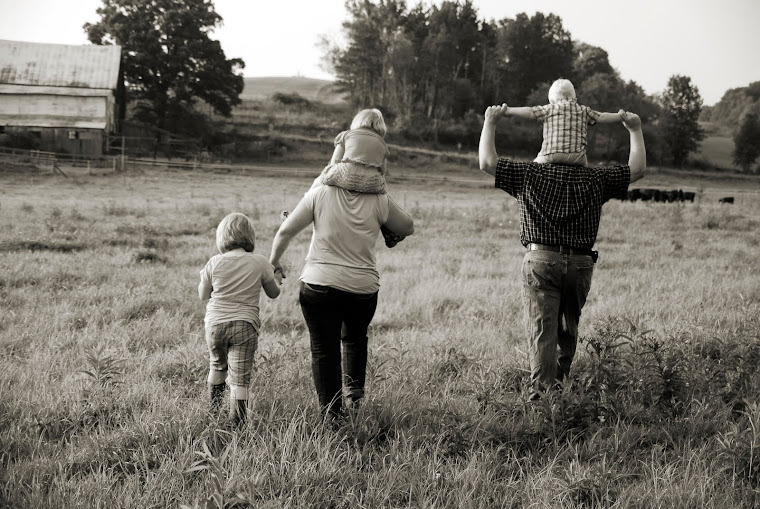It has been cold in the Ohio Valley the last couple of Days, REALLY cold. Cold enough that my nose hairs freeze upon entering the outdoors. This lead to extreme conditions for our furry friends and livestock. So how do you keep Cattle warm in the winter?
The best advice I can give is to keep any animal out of the wind as much as possible. The wind in this region is primarily Westerly, and therefore you need a place for every head of animal to be on the East side of a wall/structure/natural windbreak.
What does a natural windbreak look like? It could take on a geological form, such as a hill/cliff or bedrock outcrop, or it could be of the more "supple and green" variety. Iowa State Extension has a handy publication on Natural Wind Break planning for increased herd protection.
We utilize a feed lot shed that was here when we purchased the farm in 2004. Its a sturdy structure, that still needs some tuning, but it does an excellent job blocking the wind. This being said, where do you think our cattle were at the break of dawn when the day is at its coldest?
They were bedded down on the heavy use pad! (The feed lot shed is directly to the left in this picture, its just not visible). So, you can lead a horse to water but you can't make it drink, and you can provide a cow some shelter, but that doesn't mean she'll choose it!
I interpret this to mean that they must be enduring the weather without too much issue. If you would like some more helpful perspective on winter cattle care, try this video by the Ohio Dairy Farmers .
Another challenge is the watering need in the cold months. For that we have an insulated automatic waterer (the yellow box with a red top in the above picture). Jim wired it so we could also plug a de-icer into it if needed. The frost free hydrant he installed in the barn is also keeping the water flowing for the barn critters. What else lives in that big ol' barn?
We have peacocks that like huts made out of straw, horses (with a couple that are quite old - one is 35) that require extra supplemented calories, two goats who think they are dogs and not goats and a barn cat (who has been upgraded temporarily to "house cat" status :)
Stay warm over the next month, and remember greener days are ahead!
If you have any questions, or tips, please send them along, Jim and I are always eager to learn new tricks! :)


No comments:
Post a Comment